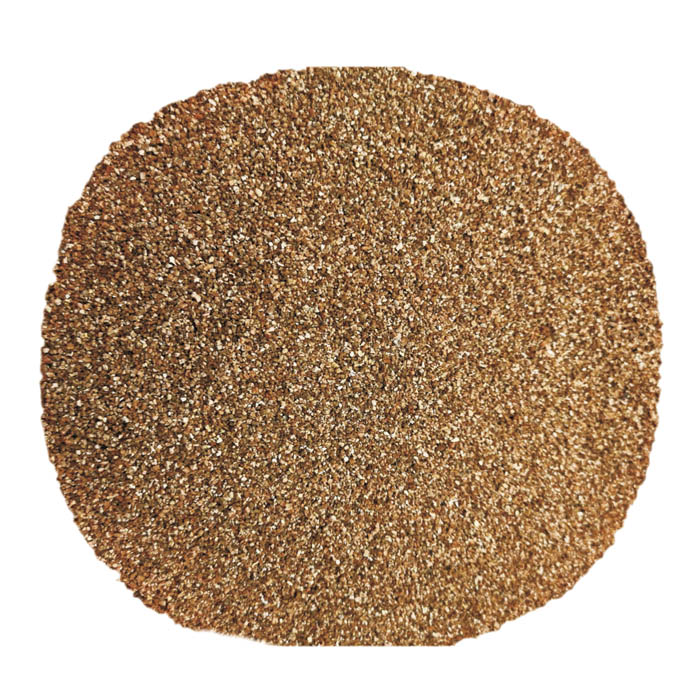Oct . 18, 2024 16:12 Back to list
Sound Dampening Materials for Automotive Production Facilities and Their Applications
Sound Absorbing Materials for Cars A Factory Perspective
In the modern automotive industry, sound absorption plays a crucial role in enhancing the driving experience. As vehicles become increasingly sophisticated, consumers demand quieter cabins that deliver comfort and tranquility, setting the stage for the significance of sound absorbing materials. This article explores the manufacturing process and types of sound absorbing materials used in cars, providing insights into their importance and application in automotive factories.
The Importance of Sound Absorption in Vehicles
As traffic density increases and urban environments grow noisier, car manufacturers understand the need for sound insulation. Excessive noise can detract from driver satisfaction and fatigue, potentially affecting safety and concentration. Additionally, with electric vehicles becoming more prevalent, managing sound becomes even more critical since these vehicles are quieter, making any existing noise more noticeable. Therefore, sound absorbing materials are integral to creating a pleasant auditory environment inside vehicles, positively influencing consumer choices.
Types of Sound Absorbing Materials
1. Foams Various types of foams are extensively used in automotive sound insulation. Polyurethane and melamine foams, known for their lightweight and durability, are effective in absorbing mid to high-frequency sounds. These foams can be molded into specific shapes, making them suitable for various applications, such as door panels and headliners.
2. Fiberglass Insulation Fiberglass is another common material used for sound absorption. Its sound-dampening properties make it ideal for use in trunk areas and under carpets. Fiberglass insulation reduces noise transmission significantly while also providing thermal insulation, making it a dual-purpose material.
3. Mass Loaded Vinyl (MLV) MLV is a heavy, yet flexible material that effectively blocks sound waves. Due to its density, it is particularly useful in applications requiring sound barriers, such as around the engine compartment or within wheel wells.
4. Natural Materials In recent years, there has been a growing trend towards using sustainable materials. Products such as recycled denim and hemp fiber are gaining traction as sound-absorbing materials. These natural alternatives not only provide effective sound insulation but also align with eco-friendly manufacturing practices.
5. Acoustic Panels Custom-designed acoustic panels can be strategically placed throughout a vehicle to improve sound absorption. These panels are often made from a combination of materials, taking advantage of their unique properties to optimize performance.
sound absorbing material for cars factory

Manufacturing Process
The production of sound absorbing materials for cars generally involves several steps
1. Material Sourcing Manufacturers source raw materials based on desired properties such as density, flexibility, and absorbent capabilities. Manufacturers increasingly consider environmental aspects, ensuring that sourced materials meet sustainability criteria.
2. Mixing and Compounding Raw materials undergo a compounding process where they are mixed with additives to enhance their performance. This stage is crucial for ensuring that the final product possesses the desired sound absorbing qualities.
3. Molding and Shaping The compounded material is then molded and shaped into the various forms needed for automotive applications. Advanced manufacturing techniques, such as injection molding and die-cutting, are employed to produce components with precise specifications.
4. Quality Control Testing Rigorous testing is performed to ensure that each batch of sound absorbing materials meets industry standards. Sound transmission loss tests and durability assessments are conducted to verify effectiveness and longevity.
5. Integration and Assembly Once approved, the sound absorbing materials are integrated into various vehicle components during assembly. Proper placement is vital to maximize sound insulation and ensure the overall performance of the vehicle.
Conclusion
In the quest for quieter, more comfortable vehicles, the role of sound absorbing materials cannot be overstated. Automotive factories are continuously innovating their manufacturing processes and material selections to meet consumer demands for enhanced interior acoustics. As technology advances and sustainability becomes increasingly paramount, the future of sound absorption in the automotive industry is bound to witness even more exciting developments, ensuring that the journey remains a pleasurable experience.
-
High-Quality Fe-C Alloy Leading Manufacturers & Spherical Alloy Materials Supplier
NewsJun.10,2025
-
Premium Low Nitrogen Recarburiser Supplier & Manufacturer – High Quality Exporters
NewsJun.10,2025
-
DT4 High-Quality Magnetic Materials Leading DT4 Manufacturer & Supplier
NewsJun.10,2025
-
High-Performance Spring Steel Suppliers Custom Solutions
NewsJun.10,2025
-
Premium SWRCH6A Manufacturer Steel Wire Supplier & Factory
NewsJun.10,2025
-
Premium Mild Steel Wire Rod Supplier & Manufacturer
NewsJun.10,2025
